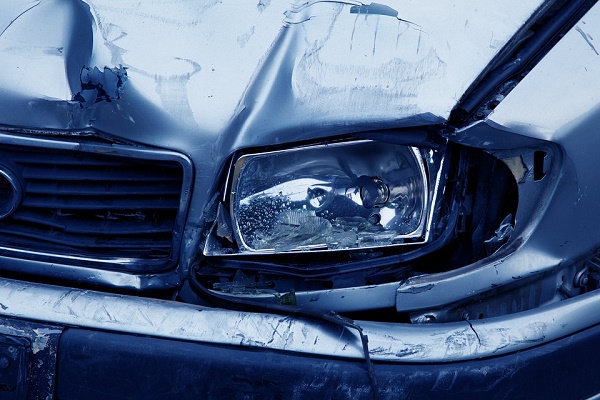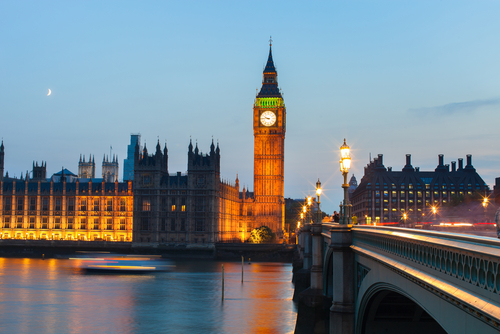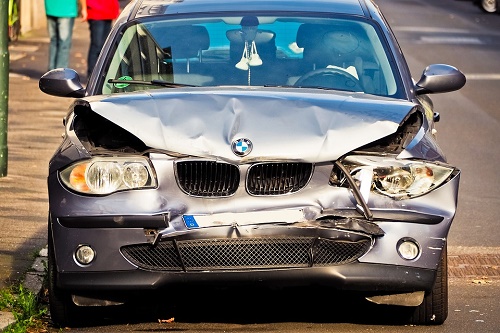Occupier’s liability – Visitor. The Court of Appeal Civil Division dismissed the defendant’s appeal against a finding of a recorder that the claimant’s accident had been caused by the defendant’s breach of duty of care and/or breach of s 2 of the Occupiers Liability Act 1957.Catchwords
- Occupier’s liability – Visitor – Permission to be on premises – Claimant visiting heritage site and suffering serious injury – Claimant bringing successful action against defendant – Defendant appealing – Whether recorder erring in finding defendant being in breach of statutory duty – Whether recorder erring in finding defendant being in breach of duty of care – Whether appeal should be allowed – Occupiers Liability Act 1957.
The judgment is available at: [2016] EWCA Civ 448
Carisbrooke Castle on the Isle of Wight (the Castle) included an outer bastion with designated walks which was open to the public. On one of the walks there was an elevated firing platform where two cannons were sited (the platform). Directly below the platform (at the base of a steep slope) was a grass pathway (the grass pathway). On the side of the grass pathway away from and below the platform there was a dry moat. The slope from the platform down to the grass pathway was very steep. There was also an informal path down the steep slope from the platform to the grass pathway. In 2011, the claimant was visiting the Castle when he fell and suffered a serious head injury. On that day, the claimant, his wife and their grandchildren were on the platform. The children were playing on the cannons. The claimant had left the others and had gone down the steep informal path in the direction of the grass pathway. Although he had no recollection of what happened next, it was clear that he had to have attempted to walk in an upright position down the informal path and must had lost his footing and been propelled across the grass pathway and over the sheer face of the bastion wall into the moat, which was a 12 foot drop. The Castle was managed and occupied by the defendant. The claimant brought a claim contending that the accident had been caused by the defendant’s negligence and/or breach of s 2 of the Occupiers Liability Act 1957. The recorder, who had photographs of the area and had also made a site visit, found that the claimant’s injury had indeed been caused by the defendant’s breach of s 2 of the Act in failing to warn visitors by means of a sign of the danger which had given rise to the accident. The judge found that the claimant was 50% to blame. The defendant appealed.
The defendant submitted that the recorder’s decision with regard to s 2 of the Act had been wrong because: (i) he should not have found that the sheer drop from the grass pathway into the moat would not have been obvious to an adult visitor standing on the platform; (ii) he had failed to address the question of whether the drop was an obvious danger against which there was no need for the defendant to protect visitors; and (iii) there had been inconsistencies in the judgment. He further submitted that the recorder had been wrong to have found that the defendant’s breach of duty had caused the claimant to suffer the accident. Finally he challenged the conclusion that the claimant was 50% to blame on the contributory negligence issue.
The appeal would be dismissed.
(1) Where a finding of fact had been based on an interpretation of photographs and where an appellate court was in the same position as the trial judge to interpret the photographs, it was open to the appellate court to reverse the finding of fact (see [16] of the judgment).
In the instant case the recorder had not based his finding of fact solely, or even principally, on the photographs, he had undertaken a site visit as well. The recorder had been entitled to find, as a fact, that it would not have been obvious to a person standing on the platform that the sheer bastion wall that was visible to such a person continued at a right angle below the grass pathway. The defendant’s attempt to persuade the court to reverse the Recorder’s finding of fact was hopeless. Although it was true that the recorder had not addressed the question whether the drop was an obvious danger, that had formed no part of the defendant’s case that, if the sheer drop from the grass pathway to the moat could not be seen, it was at least obvious that there was a considerable drop which represented an obvious danger. Although there was an inconsistency in the recorder’s reasoning, that had not undermined his conclusion in relation to the warning signs. Each of the three reasons would be rejected for reversing the recorder’s decision that the defendant was in breach of s 2 of the Act in having failed to provide a sign on the platform or on the grass pathway. The sheer drop had not been an obvious danger and the defendant ought to have taken reasonable steps to protect visitors such as the claimant against it (see [16], [17], [20], [21] the judgment).
(2) The recorder had been entitled to find that causation had been established on the balance of probabilities. The risk that the claimant had taken in going down the slope in an upright position was that he would lose his balance and fall over on a steep grassy slope. It would have been most unlikely to have caused him to suffer a serious head injury. The risk of falling 12 feet down a sheer drop was of a different order of magnitude. It involved a real and obvious risk of serious injury. There was a clear difference between (i) simply going down a steep grass bank on one’s feet and (ii) going down a steep grass bank when one knew that there was a 12 feet sheer drop at the bottom of it. A sign warning of the existence of the sheer drop would have been likely to influence the behaviour of most sensible individuals (see [24] of the judgment).
(3) The recorder had had to balance the degree of fault and causation of injury. 50/50 was a reasonable apportionment. The defendant’s fault was of long standing, whereas the claimant’s had been momentary (see [27] of the judgment).
Per curiam: [the defendant] contended that the recorder’s finding against the defendant is extremely important. He says that, as with many public organisations which have large areas of land and premises open to the public, it has acted (as an occupier) in a way consistent with the principle that adult visitors do not require warnings of obvious risks except in cases where they do not have a genuine and informed choice. He also says that, if we dismiss this appeal, organisations like English Heritage will be under pressure to adopt an unduly defensive approach to their guardianship of historic sites which are part of our precious heritage and this will lead to an unwelcome proliferation of unsightly warning signs. This is contrary to the public interest. The courts should be astute to avoid such a consequence. Moreover, a decision in favour of the claimant in the present case will fuel the popular conception that this country is in the grip of a compensation culture. I do not accept these in terrorem arguments. If an occupier is in doubt as to whether a danger is obvious, it may be well advised to take reasonable measures to reduce or eliminate the danger. But the steps need be no more than reasonable steps. That is why the decision in this case should not be interpreted as requiring occupiers like English Heritage to place unsightly warning signs in prominent positions all over sensitive historic sites. They are required to do no more than take reasonable steps (per Lord Dyson at [28], [29], [30] of the judgment).
Tara Psaila Barrister.
Lexis Nexis










